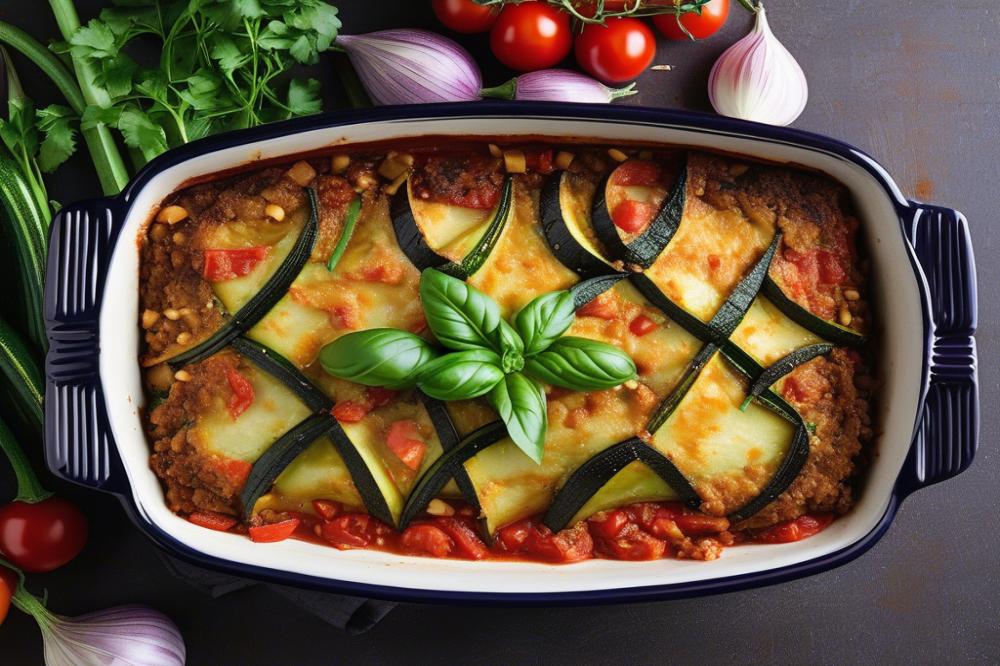Exploring the Flavors of Egyptian zucchini Moussaka
Egyptian Moussaka stands out as a cherished dish within Mediterranean cuisine. This meal often features layers of vegetables and rich flavors, making it a delightful option for many. Traditionally, eggplant takes center stage in this recipe. However, a variation that uses zucchini offers a fresh twist, appealing to those who may prefer a lighter choice.
Zucchini brings its own unique texture and taste to the table. For many, the substitution of zucchini for eggplant transforms the dish into a refreshing experience. It allows cooks to explore new dimensions of flavor while still enjoying the familiarity of baked comfort food. Besides, this modification helps those looking for vegetarian dishes or options that focus on healthy eating.
The magic of Egyptian Moussaka lies in the spices used. Ingredients like cumin and coriander infuse warmth into each layered bite. Here, traditional Middle Eastern flavors shine. This dish often becomes a favorite due to its savory richness combined with the wholesome nature of its ingredients. It’s perfect for anyone seeking to indulge without straying from their health goals.
Egyptian Moussaka: A Culinary Treasure
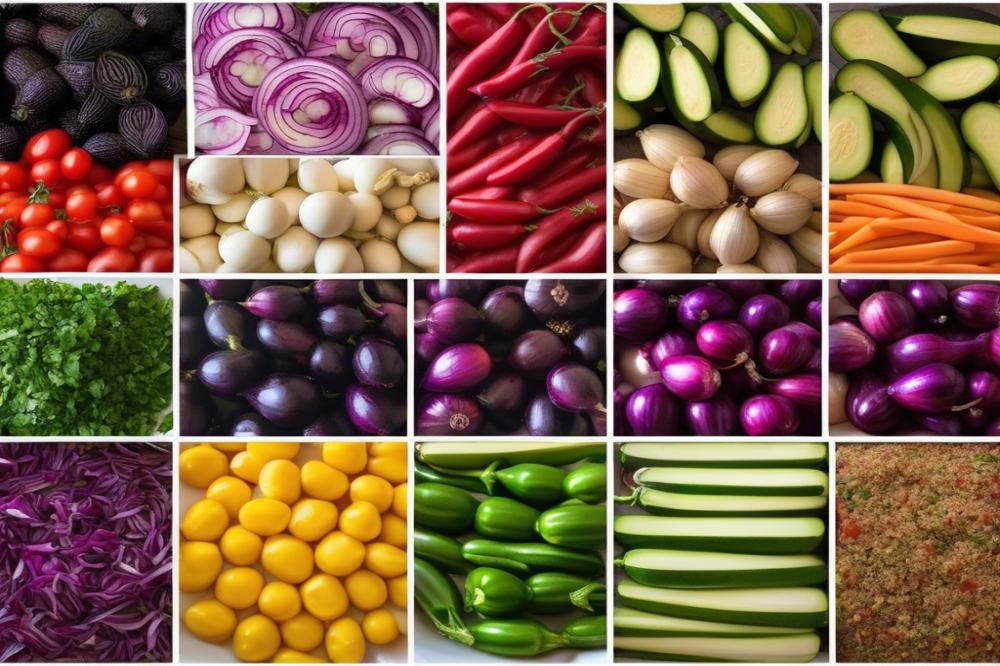
Moussaka is a beloved dish in Egyptian cuisine. Its roots can be traced back to the Ottoman Empire, later influencing various Mediterranean countries. Over centuries, the recipe has evolved. Egyptians often incorporate local ingredients, creating a unique version that reflects regional flavors.
This dish commonly features eggplant. Other key ingredients include zucchini, tomatoes, and lentils. Variations exist throughout Mediterranean cuisine, where different countries add their special touch. For example, the Greek version often includes béchamel sauce, while the Turkish style uses minced meat. Each variation tells a story of cultural exchange and adaptation.
Spices play a critical role in enhancing flavor. Cumin, coriander, and cinnamon are popular choices in Egyptian moussaka. They add warmth and depth to this delightful vegetarian dish. The balanced use of spices not only elevates the taste but also infuses the recipe with traditional Middle Eastern flavors. This careful seasoning is what makes the dish comforting and satisfying.
Layers of ingredients are carefully arranged in the cooking process, creating a visually appealing meal. Each bite delivers a mix of flavors and textures, contributing to its reputation as comfort food. Healthy eating is an important aspect of this recipe. With a focus on wholesome vegetables and legumes, moussaka provides a nutritious option for many.
Ingredients List and cooking Instructions
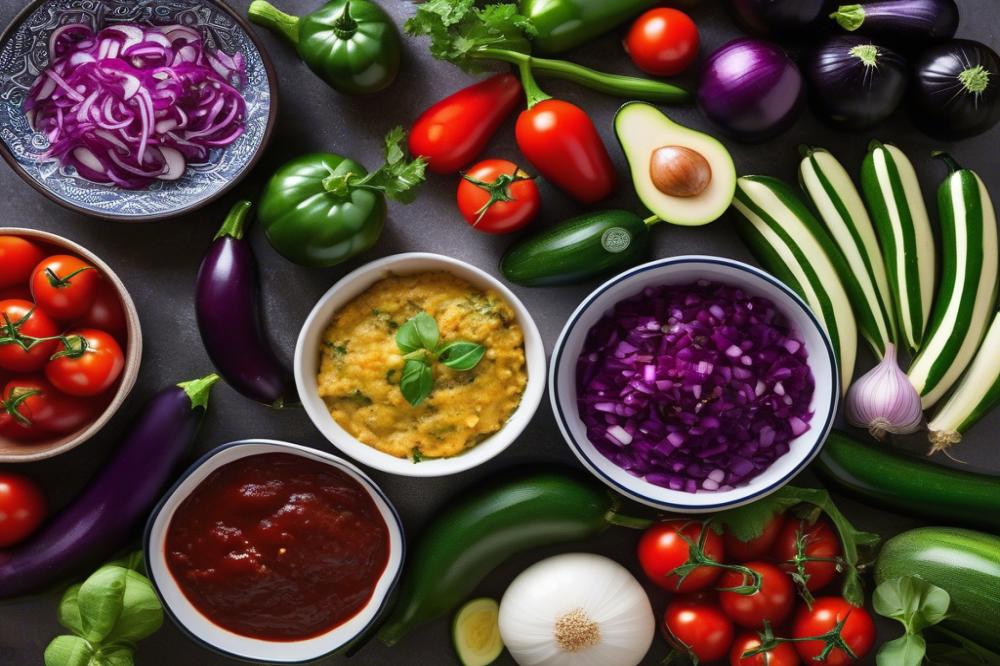
Ingredients
To create a delicious Egyptian Moussaka, you will need the following ingredients:
- 2 large zucchinis, sliced
- 1 large eggplant, diced
- 1 onion, chopped
- 3 cloves garlic, minced
- 2 cups crushed tomatoes or tomato puree
- 1 teaspoon ground cumin
- 1 teaspoon paprika
- 1 teaspoon cinnamon
- Salt and pepper to taste
- 1 cup grated cheese (optional for topping)
- Olive oil for frying and sautéing
Cooking Instructions
Following these simple steps will help you prepare this savory dish:
- Begin with the vegetables. In a large skillet, heat some olive oil over medium heat. Sauté the chopped onion and minced garlic until they are soft and fragrant.
- Next, add the sliced zucchini and diced eggplant to the skillet. Cook them until the vegetables begin to soften, stirring occasionally. This process enhances the flavors.
- While the vegetables cook, preheat the oven to 350°F (175°C). Grab a baking dish and start layering. Pour some crushed tomatoes or tomato puree at the bottom of the dish.
- Layer the sautéed vegetables on top of the sauce. Then, sprinkle your chosen spices evenly over the vegetables. Ground cumin, paprika, and cinnamon give great depth. Consider adding salt and pepper to enhance the taste further.
- If you like cheese, feel free to sprinkle grated cheese on the layers for added flavor and creaminess.
- Repeat the layering process until all ingredients are used, finishing with a layer of tomato sauce and cheese.
- Now, cover the baking dish with foil and bake for about 40 minutes. The dish should be bubbling and cooked through. Remove the foil in the last 10 minutes to allow the top to brown slightly.
- Once ready, take out the Egyptian Moussaka and let it cool for a few minutes before serving. This will enhance the flavors. Enjoy your Mediterranean-inspired comfort food!
Nutritional Information
This recipe incorporates wholesome ingredients. The zucchinis and eggplant provide fiber and vitamins, making this dish a healthy eating choice. Including a variety of spices means you’re also adding antioxidants. The calorie count will vary based on cheese usage and portion sizes but expect approximately 200-300 calories per serving without cheese.
The Layering Technique in Moussaka
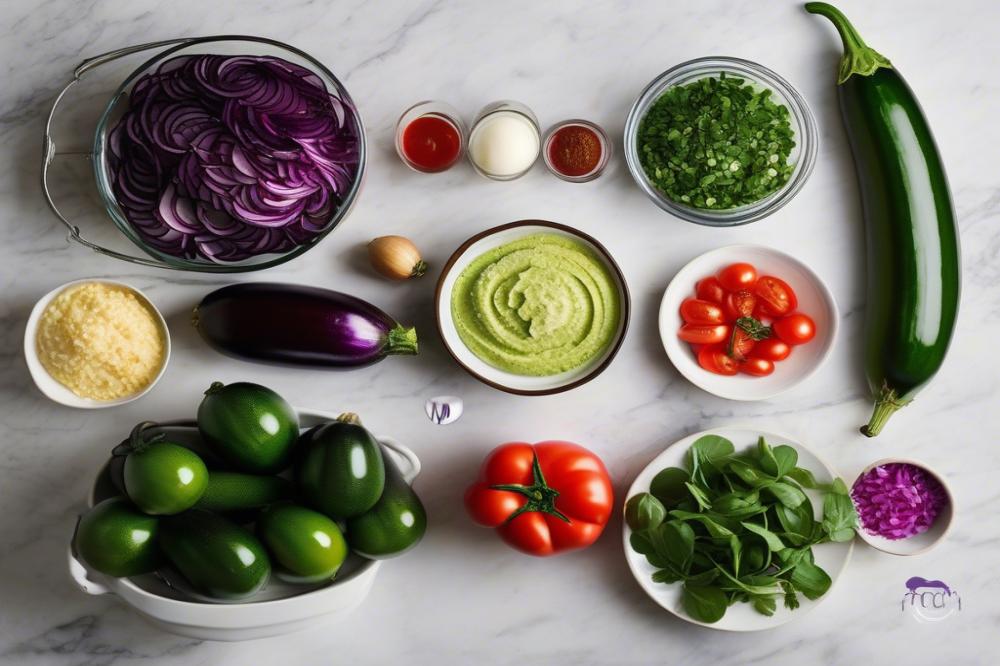
Moussaka is known for its intricate layering. This technique is crucial for building both texture and flavor. Each layer contributes a distinct element to the dish. The combination of soft, tender eggplant with a robust filling creates harmony and balance. When cooked, the flavors meld together, offering a richer taste experience.
Layers also play a significant role in the visual appeal of the dish. Guests often enjoy the beautiful presentation of Moussaka. Striking layers of eggplant, savory meats, and creamy sauces can create an alluring sight. This aesthetic element makes the dish not only tasty but also inviting to look at. The golden, bubbling top layer adds an enticing finish, encouraging diners to take a bite.
Variations in layering techniques can be found throughout the Mediterranean region. In some recipes, potatoes might appear between layers, adding heartiness to the meal. Various spices—including cinnamon, nutmeg, and allspice—can enhance the flavor profile in different cultures. Some regions may utilize lentils or chickpeas to create a distinct vegetarian dish. This versatility showcases the creativity present in Mediterranean cuisine, allowing each cook to personalize their recipe.
Cooking Moussaka can therefore become a unique experience. Personal touches and regional influences ensure that no two preparations are alike. This flexibility can cater to various dietary preferences as well, making it suitable for healthy eating. Embracing these differences only adds to the comfort food aspect of the dish. Enjoying a slice of Egyptian Moussaka connects diners to a rich culinary tradition filled with Middle Eastern flavors.
Serving Suggestions and Pairing
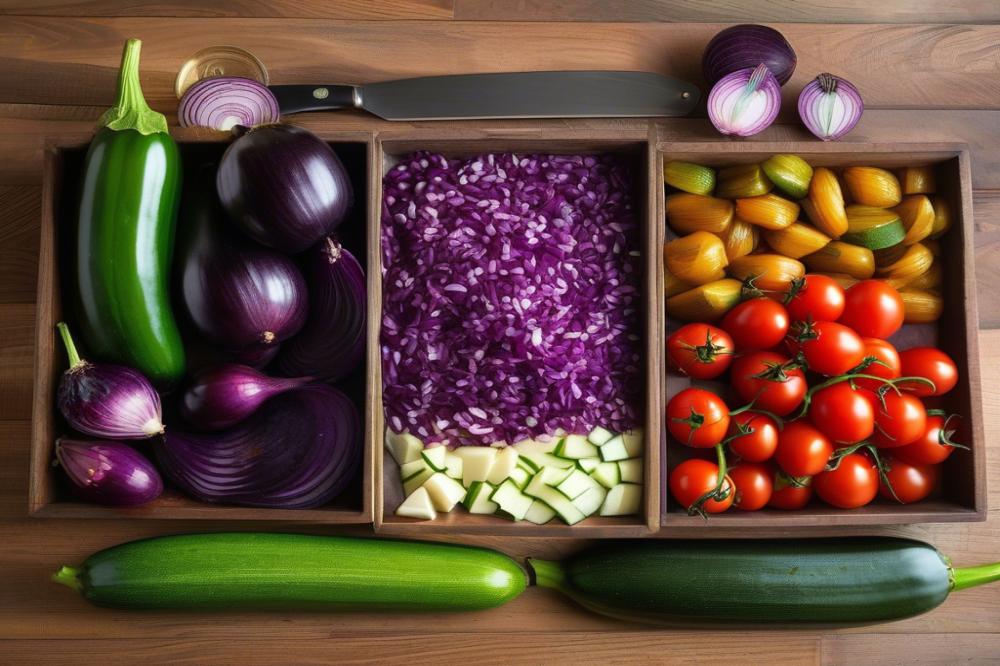
When enjoying a delightful serving of Egyptian Moussaka, consider pairing it with rice or warm bread. Rice complements the dish well, adding a mild base that enhances the spices and flavors present in the layers of eggplant. Alternatively, fresh pita or crusty baguette can be perfect for scooping up the moussaka, making every bite satisfying. The choice of side can elevate the dining experience to new heights.
Salads often provide a refreshing contrast to this savory vegetarian dish. A simple cucumber and tomato salad, dressed in olive oil and lemon juice, can add brightness to the plate. Another option is a tabbouleh salad, featuring bulgur wheat, parsley, and mint. This Mediterranean cuisine classic offers both texture and an array of flavors that balance nicely with the hearty moussaka.
To accompany the meal, beverage pairings can enhance the experience. A light white wine, such as Sauvignon Blanc, pairs wonderfully with the rich spices and vegetables in the dish. Alternatively, traditional Egyptian beverages like karkade (hibiscus tea) serve as a refreshing complement. These options support healthy eating while celebrating the essence of Middle Eastern flavors found in every bite of this comfort food.
Including diverse serving suggestions and drink options can make any meal feel special. Each of these pairings offers opportunities to explore different aspects of Mediterranean cuisine, turning a simple dinner into a flavorful journey. The right companions can transform Egyptian Moussaka into a feasting experience, inviting everyone to enjoy every layer of flavor.
Final Thoughts on the Flavors of Egyptian Moussaka
Rich flavors define this delightful dish. Layers of zucchini, seasoned meat, and a creamy béchamel create a comforting experience that warms the heart. The blend of spices and the taste of fresh vegetables make each bite a pleasure. Enjoying this meal transports you to the bustling streets of Cairo, where food brings people together. Exploring its various elements reveals a unique side of Egyptian cuisine.
Cooking can be an adventure in the kitchen. As you try the recipe, consider personalizing it to fit your preferences. Want more spice? Add chili. Prefer a vegetarian option? Swap out the meat for lentils or chickpeas. Many variations exist, and each can bring its own flavor profile to the table. Trying out different ingredients may open up new culinary avenues and spark creativity.
Beyond moussaka, the world of Egyptian and Mediterranean dishes offers much more to discover. From savory falafel to sweet basbousa, traditional recipes abound. Exploring these classics can enrich your cooking experiences. Each dish tells a story and connects to a culture rooted in tradition and flavor. Dive into these recipes, and you’ll find joy and satisfaction in every meal you create.

